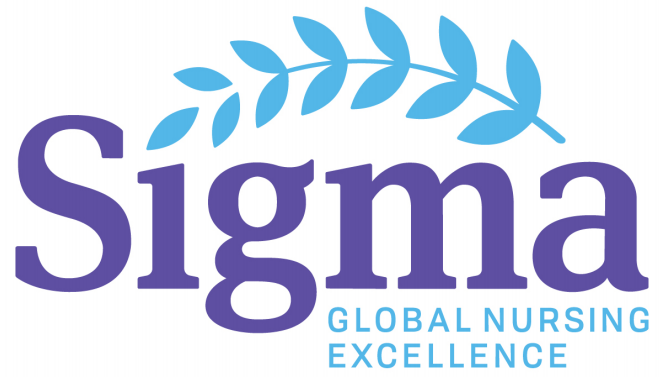Unhoused Individuals and Access to Care
Presenter Classification
Undergraduate Student
Presentation Type
Podium or Poster Presentation
Publication Date
4-20-2023
Start Date
20-4-2023 2:30 PM
End Date
20-4-2023 3:00 PM
Keywords
homeless, access to healthcare, perceptions
Abstract Type
Scientific Literature Review
Abstract
Unhoused Individuals and Access to Healthcare
Introduction & Background: The unhoused, identified as those in shelters, transitional housing, and those who sleep in unhabitable places are prone to exposure to issues such as diabetes complications, tuberculosis, and lack of insurance. This U.S. population of over 560,000 may not prioritize health due to their focus on survival.
Purpose Statement & Research Question: The purpose of researching homelessness is to determine if the unhoused population who use community health resources has a better quality of life than the unhoused who do not utilize resources.
Literature Review: The literature review included search terms such as unhoused, hospital admissions, homeless programs, and scientific nursing research. A broad inclusion criterion with a focus on the use of local resources within the population was utilized. The CINAHL database was searched. Each source is peer reviewed, less than 5 years old, and authored by at least one registered nurse.
Findings: Findings indicate that current systems and tools for the unhoused within healthcare facilities are deficient regarding patient-centered care. Over 50% of unhoused people are male, and 60% of the unhoused seek shelter in some capacity. Trends include region, climate, and available resources. Interviews yield that the unhoused have issues seeking proper care due to a lack of understanding of healthcare systems or referral pathways. Difficulties with transportation, insurance, or perceived negative authority from providers affect this population.
Conclusions & Nursing Implications: Professional hypotheses and methodology are portrayed in the viewed research. Different identification strategies and accessible health programs are necessary for this population to improve the well-being of the unhoused and the efficiency of health facilities.
Unhoused Individuals and Access to Care
Unhoused Individuals and Access to Healthcare
Introduction & Background: The unhoused, identified as those in shelters, transitional housing, and those who sleep in unhabitable places are prone to exposure to issues such as diabetes complications, tuberculosis, and lack of insurance. This U.S. population of over 560,000 may not prioritize health due to their focus on survival.
Purpose Statement & Research Question: The purpose of researching homelessness is to determine if the unhoused population who use community health resources has a better quality of life than the unhoused who do not utilize resources.
Literature Review: The literature review included search terms such as unhoused, hospital admissions, homeless programs, and scientific nursing research. A broad inclusion criterion with a focus on the use of local resources within the population was utilized. The CINAHL database was searched. Each source is peer reviewed, less than 5 years old, and authored by at least one registered nurse.
Findings: Findings indicate that current systems and tools for the unhoused within healthcare facilities are deficient regarding patient-centered care. Over 50% of unhoused people are male, and 60% of the unhoused seek shelter in some capacity. Trends include region, climate, and available resources. Interviews yield that the unhoused have issues seeking proper care due to a lack of understanding of healthcare systems or referral pathways. Difficulties with transportation, insurance, or perceived negative authority from providers affect this population.
Conclusions & Nursing Implications: Professional hypotheses and methodology are portrayed in the viewed research. Different identification strategies and accessible health programs are necessary for this population to improve the well-being of the unhoused and the efficiency of health facilities.



